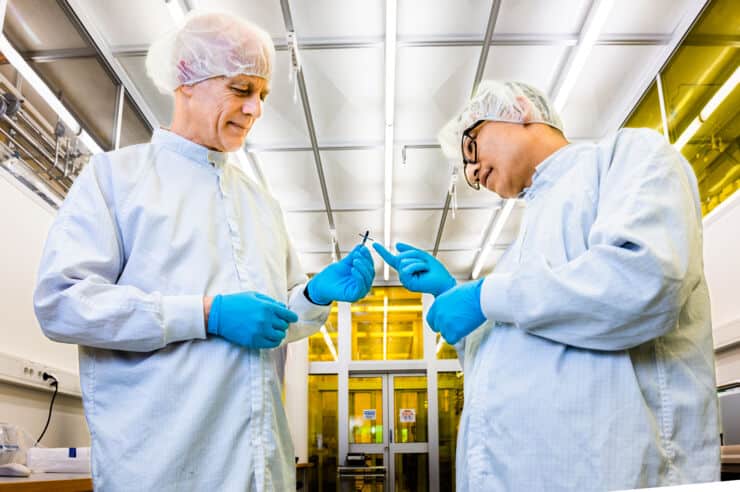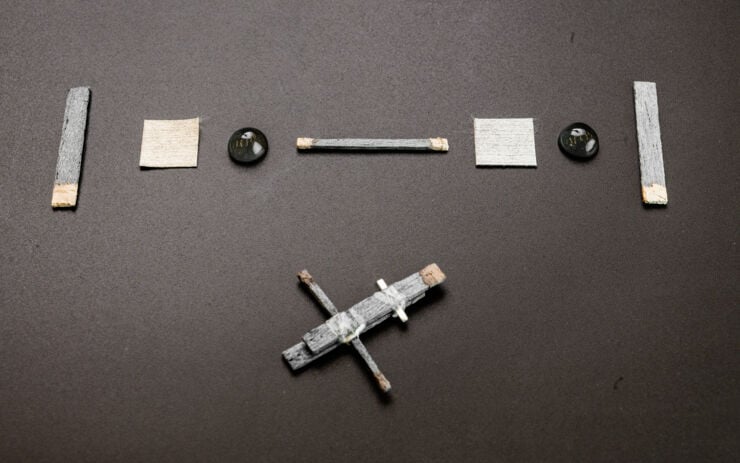
It sounds like something from a different era or even from worlds that technically can’t be united: electronics from the stone age. It’s like Fred Flintstone building his own computer. But no, this is for real: researchers at Linköping University and the KTH Royal Institute of Technology have developed the world’s first transistor made of wood. Their study, published in the journal PNAS, paves the way for further development of wood-based electronics and control of electronic plants, the researchers claim.
Transistors, invented almost one hundred years ago, are considered by some to be an invention just as important to humanity as the telephone, the light bulb, or the bicycle. Today, they are a crucial component in modern electronic devices, and are manufactured at nanoscale. A transistor regulates the current that passes through it and can also function as a power switch.

Researchers at Linköping University and colleagues from the KTH Royal Institute of Technology have now developed the world’s first electrical transistor made of wood. “We’ve come up with an unprecedented principle. Yes, the wood transistor is slow and bulky, but it does work and has huge development potential,” says Isak Engquist, senior associate professor at the Laboratory for Organic Electronics at Linköping University.
Balsa wood

In previous trials, transistors made of wood have been able to regulate ion transport only. And when the ions run out, the transistor stops functioning. However, the transistor developed by the Linköping researchers can function continuously and regulate electricity flow without deteriorating.
The researchers used balsa wood to create their transistor, as the technology involved requires a grainless wood that is evenly structured throughout. They removed the lignin, leaving only long cellulose fibers with channels where the lignin had been. These channels were then filled with a conductive plastic, or polymer, called PEDOT:PSS, resulting in an electrically conductive wood material.
The researchers used this to build the wood transistor and could show that it can regulate electric current and provide continuous function at a selected output level. It could also switch the power on and off, albeit with a certain delay – switching it off took about a second; on, about five seconds.
Regulation of electronic plants

Possible applications could include regulating electronic plants, which is another strong research area at Linköping University. One advantage of the transistor channel being so large is that it could potentially tolerate a higher current than regular organic transistors, which could be important for certain future applications. But Isak Engquist wants to stress something:
“We didn’t create the wood transistor with any specific application in mind. We did it because we could. This is basic research, showing that it’s possible, and we hope it will inspire further research that can lead to applications in the future,” says Isak Engquist.
One question remains: what would Fred Flintstone (or one of his contemporaries) have done with these transistors? We asked MidJourney’s AI, and this is the result:

Article: Electrical current modulation in wood electrochemical transistor; Van Chinh Tran, Gabriella G. Mastantuoni, Marzieh Zabihipour, Lengwan Li, Lars Berglund, Magnus Berggren, Qi Zhou, Isak Engquist; PNAS Volume 120, published online on 24 April 2023. DOI: 10.1073/pnas.2218380120




